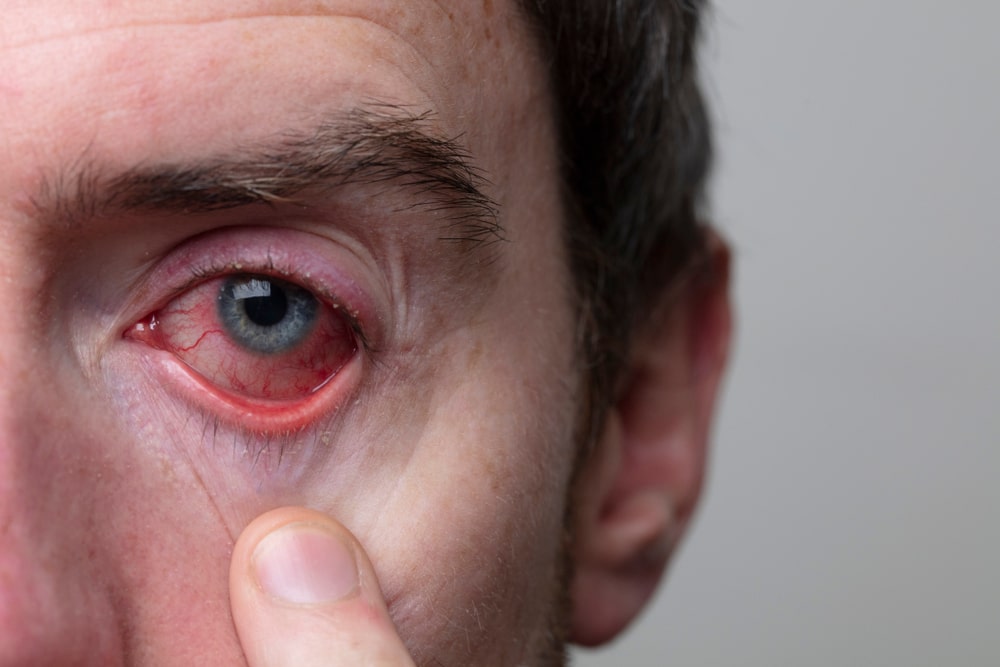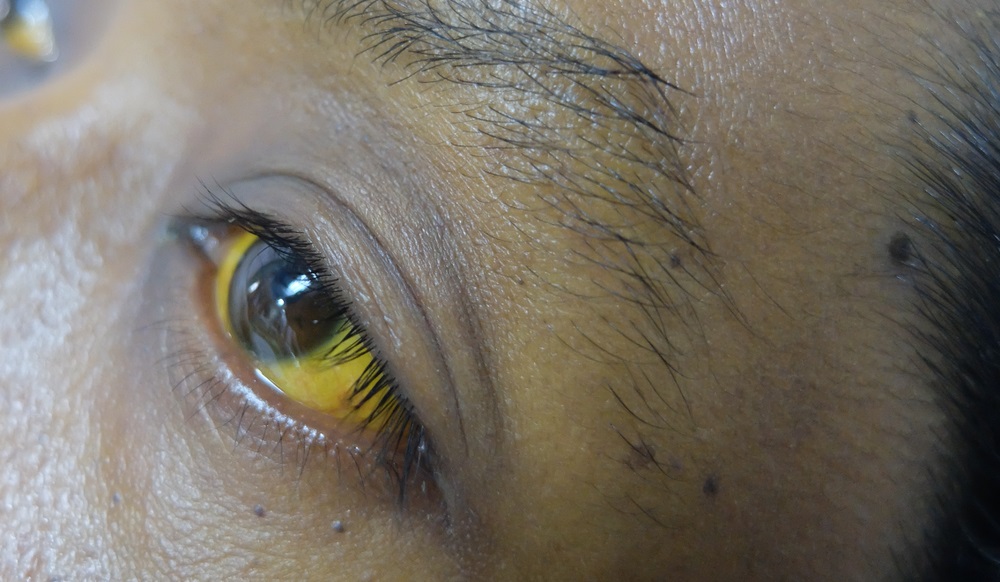Regular comprehensive eye exam is necessary for everyone. Our eyes are often overlooked as mere windows to the soul in the grand tapestry of our body’s functions.
However, they are more than that; they are also mirrors reflecting our health and well-being. The eyes can unveil hidden secrets about our physical condition and hint at potential health concerns. This article will delve into the intriguing world of ocular diagnostics, exploring how your eyes can reveal much about your health.
Contents
The Importance of Comprehensive Eye Exam
A comprehensive eye exam is not just about assessing your vision; it is also crucial for a healthy body. An eye exam can reveal early signs of various health conditions such as diabetes, hypertension, high cholesterol, and certain types of cancer. These diseases often have no visible symptoms in the early stages, but can be detected through changes in the blood vessels, retina, or other structures in the eye.
Vision Clarity and Brain Health
Our eyes are not just the windows to the world but also mirror our brain’s health. Regarding our cognitive well-being, the clarity of our vision plays a crucial role. Blurriness, double vision, or difficulty focusing can be early signs of neurological issues.
 Our eyes are, in fact, an extension of our brain, making them invaluable indicators of brain health. The next time you find your vision becoming hazy, it might be more than just a minor annoyance. It could be a brain message telling you it needs attention. Do not forget to have regular comprehensive eye exam.
Our eyes are, in fact, an extension of our brain, making them invaluable indicators of brain health. The next time you find your vision becoming hazy, it might be more than just a minor annoyance. It could be a brain message telling you it needs attention. Do not forget to have regular comprehensive eye exam.
Blood Vessels: Windows to the Circulatory System
The intricate network of tiny blood vessels in our eyes serves as windows to our circulatory system. These blood vessels can divulge a lot about our circulatory health. Conditions like diabetes and hypertension often leave their mark in distinct eye patterns.
Our eyes act as early warning systems, indicating potential issues with our circulatory health. The telltale signs they exhibit can provide us with valuable insights into our overall well-being.
The Retina as a Diagnostic Tool
The retina, that delicate layer at the back of our eye, plays a pivotal role in our vision and health. However, it’s not just responsible for our ability to see; it’s also a diagnostic tool that can unveil a range of health problems.
Abnormalities in the retina can signal a myriad of health concerns. From Diabetic Retinopathy to multiple sclerosis, it’s as if our eyes hold the secrets to our innermost health issues. In fact, the retina serves as a diagnostic treasure trove.
Yellowing of the Whites: Liver and Jaundice
When the whites of our eyes turn yellow, it may indicate liver problems, including jaundice. In this case, our eyes offer an early warning system for a condition that can have severe consequences.
Eye Color and Melanoma
The color of our eyes, often admired for its uniqueness, can also reveal certain health risks. It’s not just a matter of aesthetics; it’s a matter of health. Light-colored eyes are more susceptible to conditions like melanoma. This fascinating correlation highlights the intricate connection between our eyes and our overall health.
Lifestyle and Eye Health
Our lifestyle choices can significantly impact our eye health. In today’s digital age, digital eye strain is a common complaint. Prolonged screen time, whether for work or leisure, can strain our eyes and affect our vision. We have discussed the impacts of digital eye strain on eye health and provide practical tips to minimize the strain and protect your vision. It’s an issue that most of us can relate to in this tech-savvy era.
FAQs
Can eye problems be a sign of serious health conditions?
Yes, eye problems can indeed be early indicators of underlying health issues. Our eyes are not isolated organs but are intricately connected to the rest of our body. Conditions such as diabetes, high blood pressure, and even neurological disorders can manifest through changes in your eyes. Blurry or double vision, difficulty focusing, or unusual eye movements can be early signs of neurological problems.
How can I protect my eyes from digital eye strain?
Protecting your eyes from digital eye strain is crucial in today’s technology-driven world. Prolonged screen time can lead to uncomfortable symptoms, including eye fatigue, dryness, and headaches.
Do light-colored eyes have a higher risk of melanoma?
Yes, it is true that individuals with light-colored eyes, such as blue or green, are at a slightly higher risk of developing ocular melanoma. Ocular melanoma is a rare but serious eye cancer that can affect the iris, ciliary body, or choroid. This increased risk is the lower amount of melanin in light-colored eyes.
How often should I have a comprehensive eye exam to monitor my health?
The frequency of eye checkups can vary depending on your age, health, and any pre-existing eye conditions. In general, it is recommended to have a comprehensive eye exam every one to two years, even if you don’t currently experience vision problems. These routine checkups can help detect potential health issues early, such as changes in vision, eye diseases, or underlying health conditions.
Conclusion
In conclusion, our eyes are not just windows to our souls but also to our health. Their intricate connection to various bodily systems and their ability to provide early warning signs make them invaluable assets in healthcare. Understanding our eyes’ signals can help us take proactive steps toward a healthier future. That’s why the comprehensive eye exam is so important. Therefore, the next time you look into a mirror, pay attention to what your eyes might tell you about your health.
We have different services at Faro optometry including comprehensive eye exam, pediatric eye exam and glaucoma eye exam. Book an appointment.

